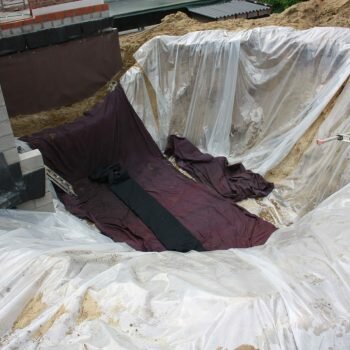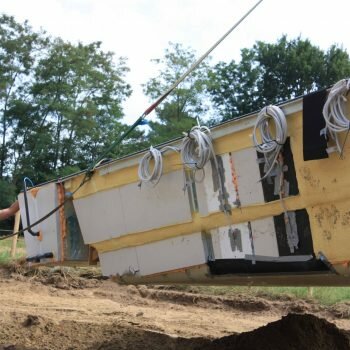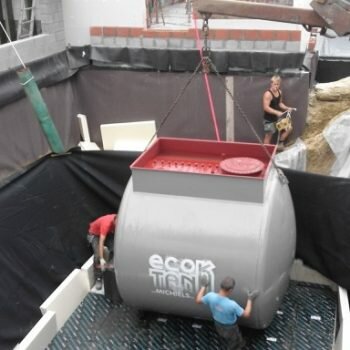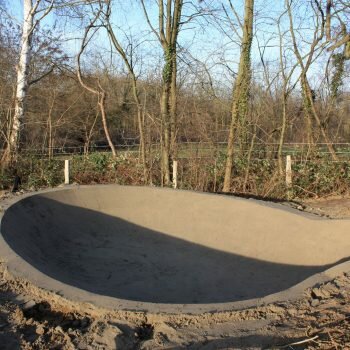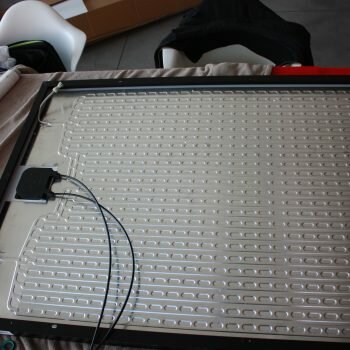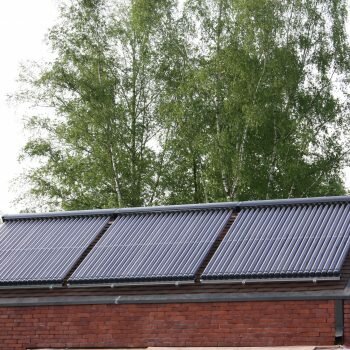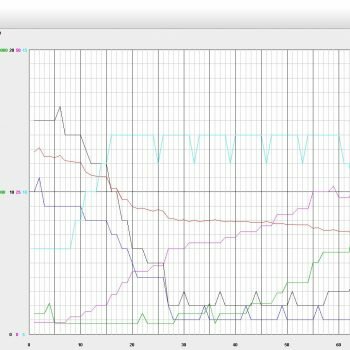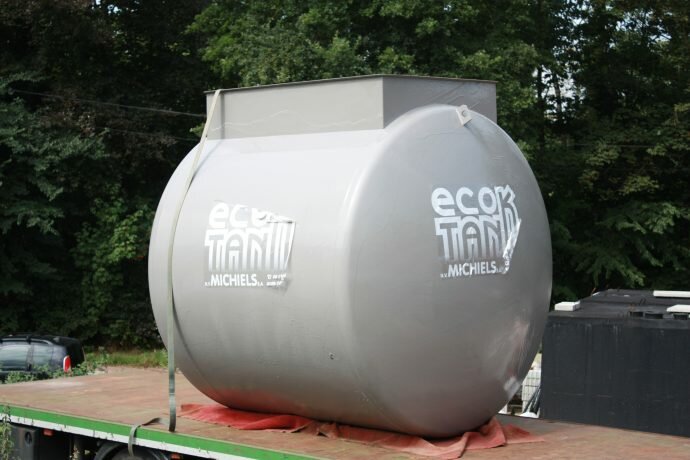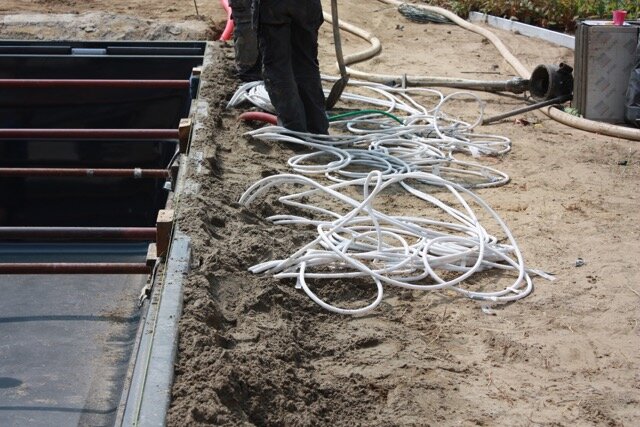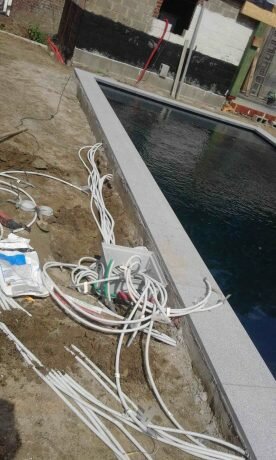The residential buildings are located in a single street in Oud-Heverlee, Belgium. They are located at the end of the feeder, facing the typical challenges of power quality in terms of interrupted supply and voltage profile. The zone consists of a mix of old and new houses, has 20 kW photovoltaic energy generation, hybrid PV and vacuum solar thermal energy, air to water and geothermal heat pumps as well as e-cars.
Today, installing new technologies and integrating them into a system, requires considerable time by skilled workforce. In order to make storage technologies more accessible, STORY puts a large effort in interoperability. The hardware installation in the residential buildings is orchestrated by experts in hardware communication. In STORY, these experts will, together with the technology providers, continue to work on the topic to improve easiness of installation and thus positively impact installation and commissioning in the long term.
Storage is integrated such that different business models can be tested and evaluated: what is the impact for all stakeholders if the storage is operated focusing on reducing the energy bill of the end user, what if it answers a demand of the grid operator or the energy provider?
The residential demonstration brings a variety of technologies and combinations. Some of the buildings will be equipped with a fuel cell, some will get a battery, others get a combination of fuel cell and battery. They will all be equipped with advanced monitoring and control systems. One building, the smart building, currently already equipped with all available smart technologies from smart household appliances over an e-car to advanced control for ventilation, takes load shifting a step further by introducing a seasonal thermal storage of 25 000 liter, combining PVT with natural cooling to load the shallow geothermal system and extending the battery storage to provide grid independency for a couple of days.
At the end of the demonstration, this demonstration should have showed what local storage can mean for all stakeholders involved, including society as a whole.
Responsible partner: THINK E

